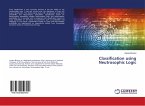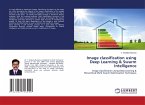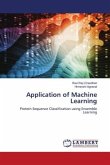Dysphonia represents any difficulty in vocal emission that impairs the natural production of the voice. Digital signal processing techniques have been employed as an auxiliary tool in the evaluation of vocal deviations, bringing greater comfort to the patient. Some non-linear measures, based on chaos theory, were employed in this study, along with recurrence quantification measures for the discriminative analysis of these disorders. Two case studies were carried out in this research. In case 1 we carried out the discrimination of healthy and deviated adult voices (roughness, soprosity and tension) and in case 2 we evaluated the discrimination of the intensity of the degrees of vocal deviations in adult voices (Grade 1- normal voice, Grade 2 - voice considered with mild deviation and Grade 3 - voice considered with moderate deviation).
Bitte wählen Sie Ihr Anliegen aus.
Rechnungen
Retourenschein anfordern
Bestellstatus
Storno








